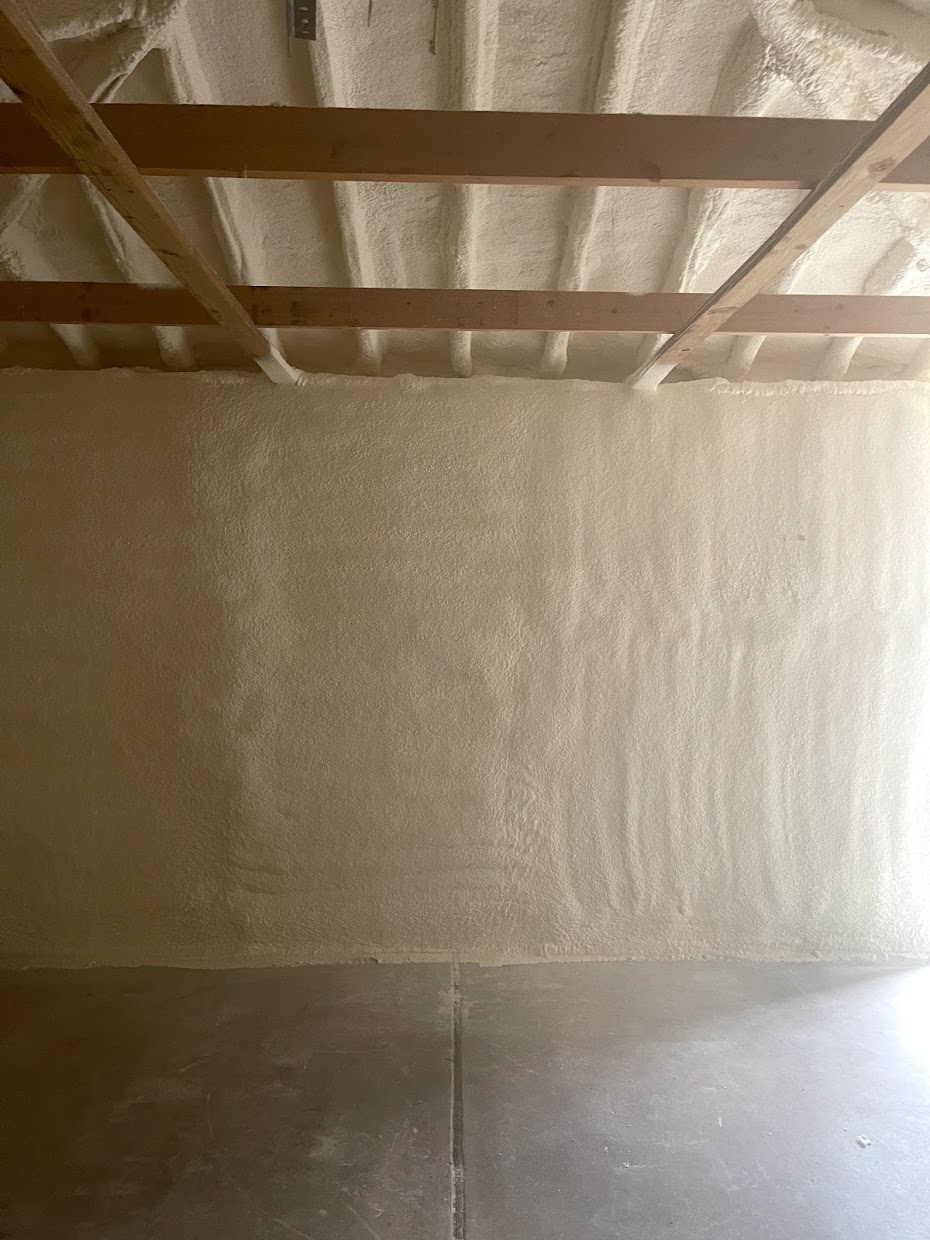Checking your home’s insulation is one of the fastest and most cost-effective ways to use a whole-house approach to reduce energy waste and make the most of your energy dollars.
Energy Savings
A good insulating system includes a combination of products and construction techniques that protect a home from outside hot or cold temperatures, protect it against air leaks, and control moisture. You can increase the comfort of your home while reducing your heating and cooling needs by investing in proper insulation.
Energy efficient homes use state-of-the-art technology to get the most from energy you use, while using less energy for heating, cooling, and water heating as compared to a standard home. Utilizing foam insulation instead of fiberglass or cellulose, you could save 50% or more on energy costs.
Energy efficient homes can mean warmer homes in the winter and cooler homes in the summer. This is accomplished by making the home air-tight and by providing balanced airflow to all of the rooms. In addition, improved air quality because energy efficient homes use less energy, fewer emissions are created during the generation of power for your home.
If your home is as little as 5 to 10 years old, you likely have one of the 46 million under-insulated homes in the US, according to the Harvard University School of Public Health. Adding more insulation is one of the lowest cost options for improving the energy efficiency of your home. It pays off fast and keeps paying off with better comfort and energy savings for as long as you own your home. The benefits of insulation are great and include:
Improved comfort
Better energy efficiency
Healthier environment
Lifetime of savings
Lower energy bills

